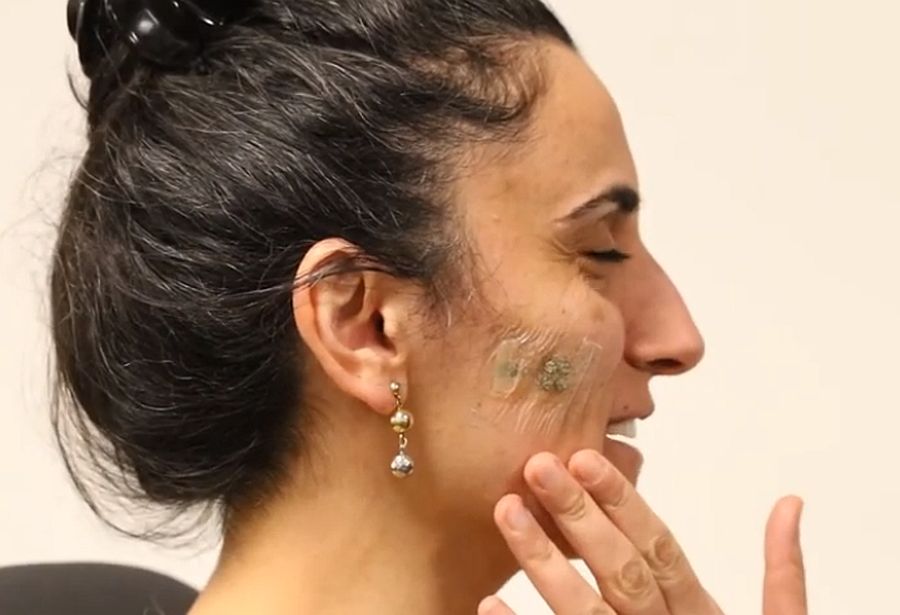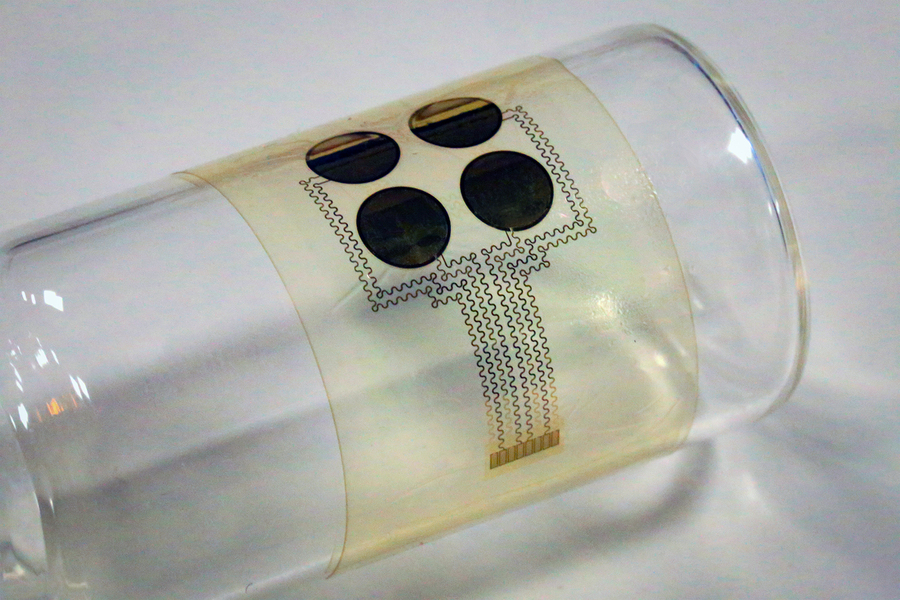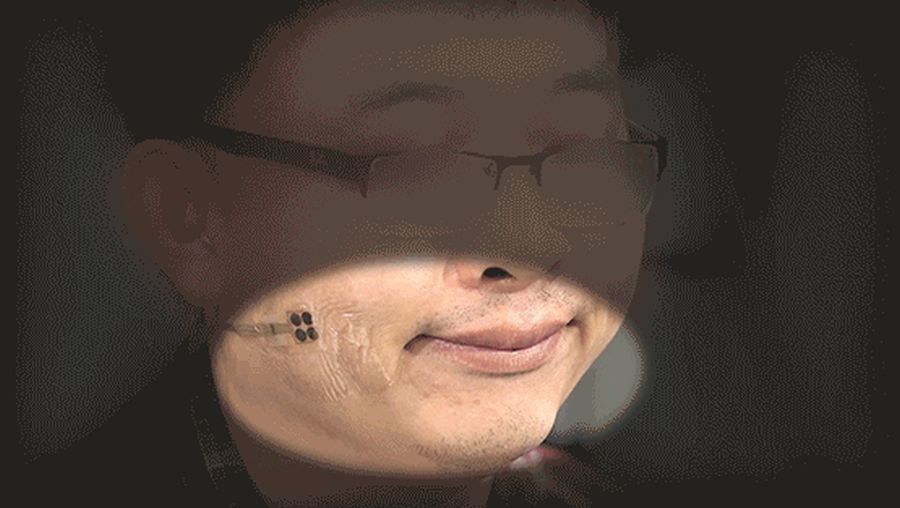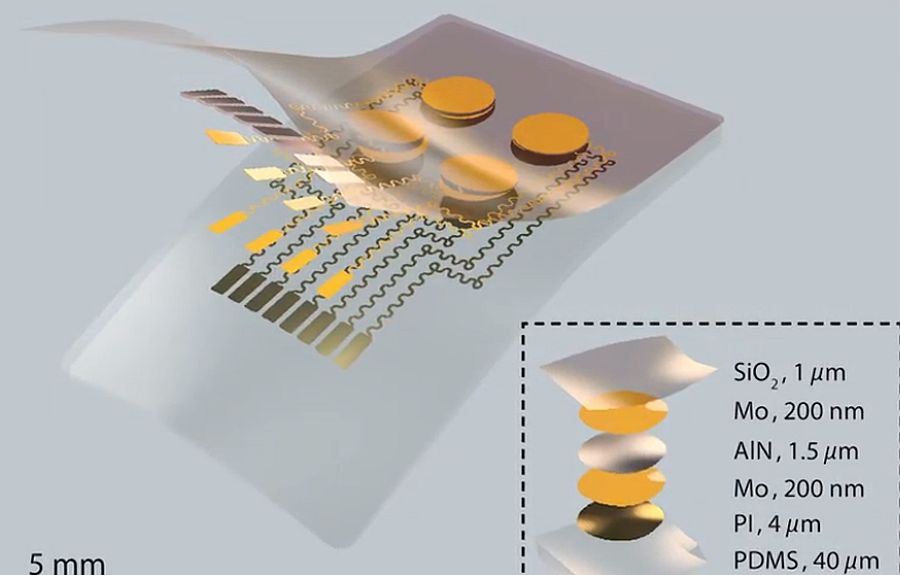
People who suffer from amyotrophic lateral sclerosis (ALS) have an extremely tough time as they age. Cure for ALS is not known as of now. And it can last for a lifelong.
It is a type of autoimmune disease where body’s immune system attacks itself. In the process, it destroys the dense sheath of connective tissue that coats and protects nerve fibres. In most of the cases, voluntary muscle movements like chewing, walking, and talking comes under its radar.
MIT researchers have come up with an innovative solution that can help ALS patients in their facial expression.
The device is in form of a sheet and can be placed on skin especially cheek. The miniature sheet can record small movements like smile or twitch.
Changes in the facial movement is detected by the device and every expression is directly proportional to different movement, which is interpreted by the thin film. So, the wearer can communicate with variety of sentiments and accordingly can convey any thought or feeling.

ALS patients can communicate with the thin sheet of tech
Researchers envision the thin film as a revolutionary innovation as it will allow patients to communicate in a more natural way. With this technology they would be able to do away with huge, heavy and expensive equipment that is currently required for communication.
Additionally, the sensor is easily camouflaged with wearer’s skin tone, thus making it less flashy.
Thin sheet of wearable sensor is tested on two ALS patients, each of both the genders. Currently, it showed positive results with three facial expressions, that is, smile, open mouth and pursed lips.

Piezoelectric effect on silicone film
The thin sheet is made up of silicon on which four piezoelectric sensors are integrated. Aluminium nitride is used for fabricating the sensors. Piezoelectric sensors work on the principle of piezoelectric effect.
Some materials are capable of producing electric charge under the influence of mechanical or physical pressure, this ability is termed as piezoelectric effect.
Researchers have harnessed this ability by embedding piezoelectric sensors on thin silicone sheet.
With every expression, there is slight deformation on the surface of the skin, in this case, it’ll be the cheek. The sensors will be able to detect those “distortion” on the surface of cheek and convert it into an electric voltage that further can be measured.
To achieve accuracy in results with variables like measurements of skin deformations, machine-learning algorithm was trained to decipher smile, open mouth, and pursed lips. With this training, the machine was able to predict nearly 75 % accuracy (with two ALS patients,) in identifying between these different movements. While 87% precision was reported in healthy subjects.

Takeaway
This device looks promising and it has already shown positive results on two patients. Scientists also estimate that the total cost of a single device will be $10.
Constant tracking of facial motions is important for patients with neuromuscular disorders. However, this issue poses a problem because the conventional tool for tracking is camera which creates a roadblock for portable usage. Nevertheless, the new sheet of wearable tech is a perfect solution.
Piezoelectric sensors have already shown near precision accuracy in detecting facial kinematics and this will surely go a long way in revolutionise the future wearable tech.



